12 facts that prove we shouldn’t cull sharks, or fear going swimming this summer
October 08, 2018Statistically speaking, you’re at more risk of dying from falling off your chair or out of bed than from a shark-related incident.
Yet with recent shark attacks in the eastern states broadcasted across the media, summer’s approaching promise of beach days and seaside frolicking has some people calling for shark culls.
Six sharks have already been captured and shot, despite no linking evidence to suggest they were responsible for the attacks.
Here’s why we at RSPCA South Australia believe you should return happily to the water this summer and start cultivating, not culling, the magnificent population that keep our oceans healthy.
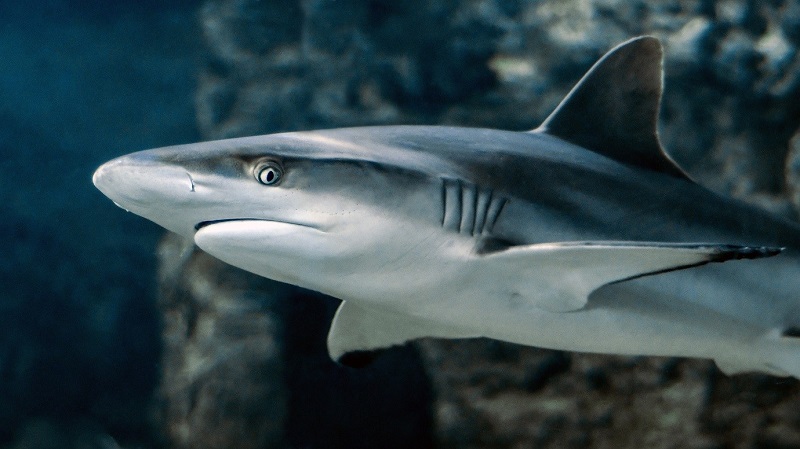
1. Not all sharks are boat-consuming beasts’ hell-bent on ruining a town’s tourism industry that we need to cull
The actual act of culling is often inhumane and cruel. Drumlines with baited hooks can ensnare sharks for days at a time before they eventually die, causing extreme suffering and distress.
Even shooting the trapped animals does not always result in a quick and painless death.
With limited numbers of skilled shooters able to accurately aim for a shark’s relatively small brain, bullets often miss the target.

2. We kill over 100 million sharks every year
We kill them much more than they kill us. Humans globally are responsible for over 100 million shark deaths every year.
Most die to meet global demand for fins, regarded as a delicacy in some cultures.
Sharks kill between five and 15 people a year. We are by far the bigger predator.
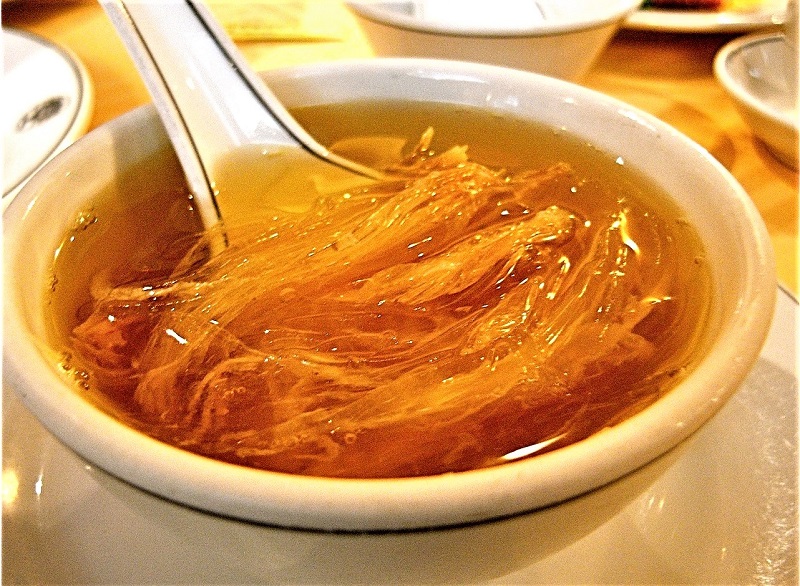
3. Shark culling also kills innocent turtles and dolphins
Shark culling is ineffective and the shark responsible for the attacks is not always among the ones killed.
Instead, other marine animals like seals, turtles and dolphins can get caught on the hooks, resulting in their death or serious injury.
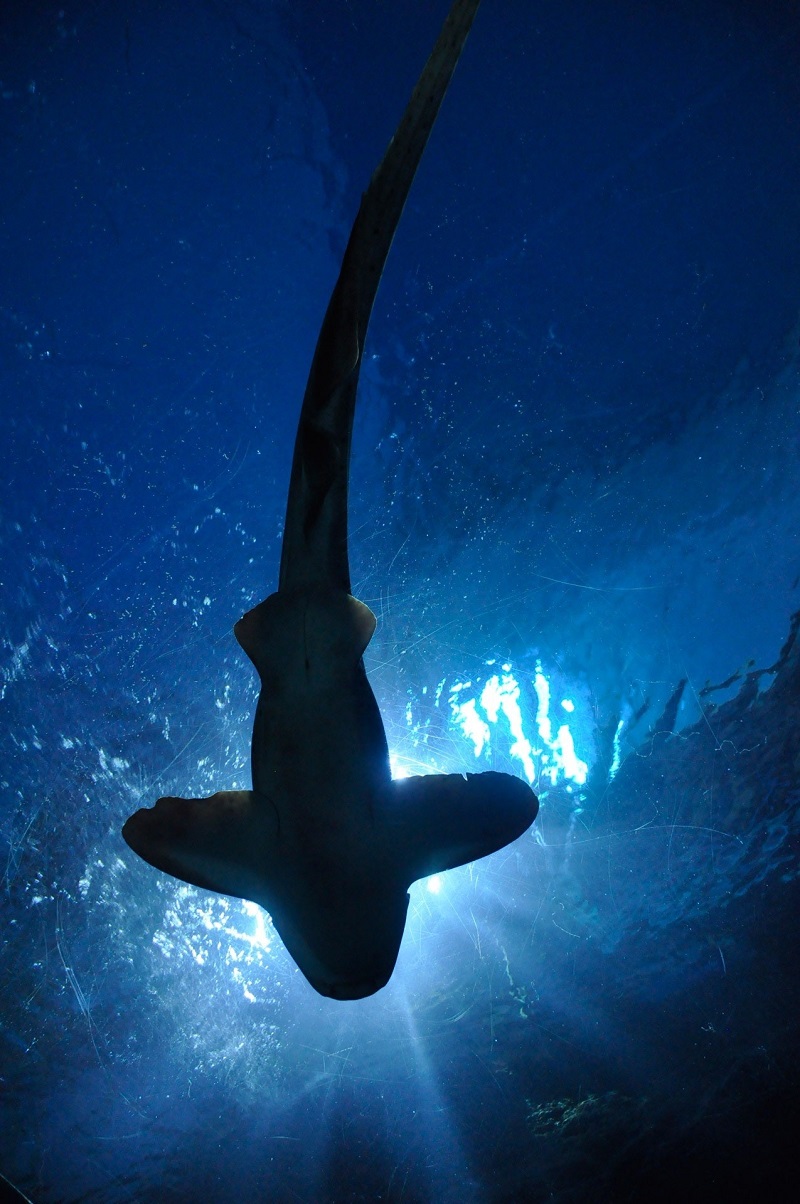
4. The Great White is being pushed inshore … because of us
The number one shark breed that comes to people’s minds when they think of a shark attack is the Great White.
Unfortunately, this beautiful species is actually being pushed inshore towards more populated or traversed waters in search of food due to overfishing in the waters further out.
If a shark has a good food source it won’t cover as much distance while hunting. We have to remember that sharks need to eat something. Which leads to our next point…

5. They don’t actually want to eat us
There is a misconception that – given a choice of different menu items – sharks will choose to eat us. But when they attack a human, they could be seeing if the taste appeals.
According to Scientific American, sharks like to test things out and investigate by mouthing them, much like a puppy or baby.
Unfortunately, being bitten by a mouth containing over 300 teeth – even in just a taste test – can have fatal consequences.
And when sharks do eat humans, it’s not necessarily because they want to. In the absence of anything else, they have no choice.
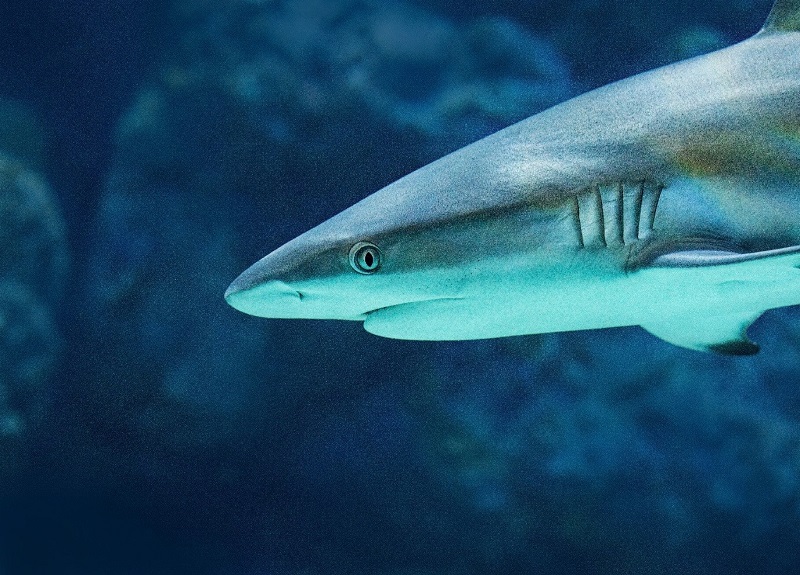
6. Much more humane and effective ways to reduce attacks exist
We here at RSPCA South Australia believe much more humane and effective ways exist to reduce risks of attacks, including sonar systems, eco-barriers, tagging, tracking and alert systems, active and passive electrical repellents, and more awareness from the general public.
We believe shark awareness programs, strategies such as ‘shark spotting’ and beach surveillance programs are incredibly important, along with the need to educate the public on the risk factors and remote likelihood of a shark attack.

7. They’ve developed epic senses … so don’t radiate hectic vibes, man
You know when surfers talk about feeling the positive energy? Well, the same goes for sharks.
They have developed more senses than humans over time and can pick up hectic electromagnetic waves of energy that we radiate when our survival reactions kick in and we start to panic.
Unfortunately, these waves often encourage the predator in the shark to flourish – your panic can trigger a shark to attack.
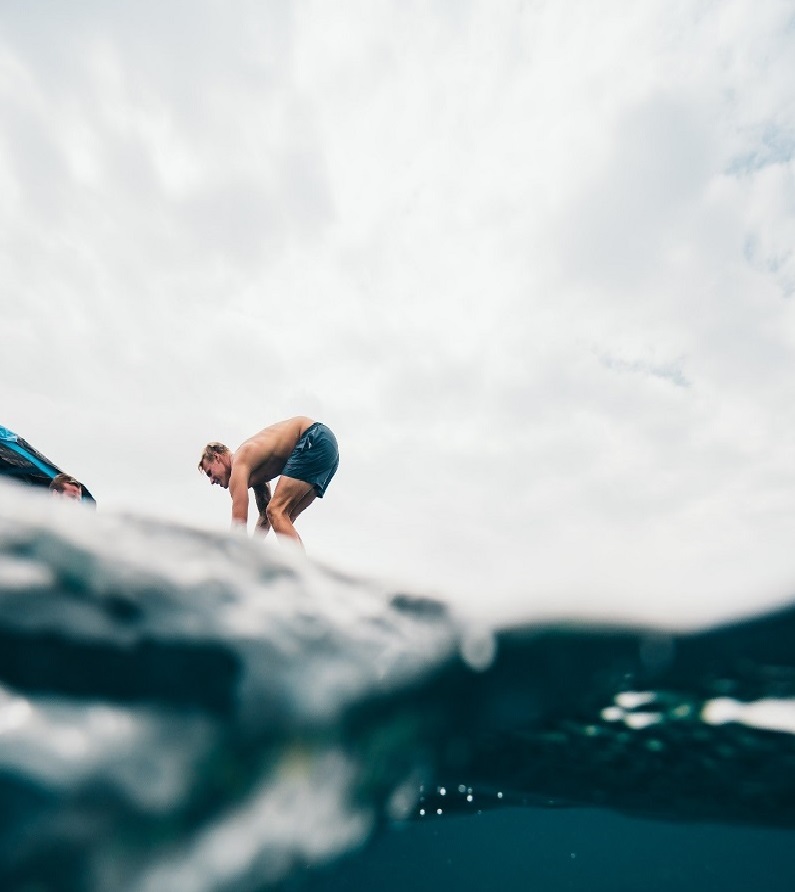
8. We’re seeing more shark attacks because more people are in the water
A report published by CSIRO found the recent rise in shark attacks has coincided with “an increasing human population, more people visiting beaches, a rise in the popularity of water-based fitness and recreational activities, and people accessing previously isolated coastal areas”.
In other words, the rising number of shark attacks is due to our continued expansion and exploration of areas that they previously inhabited undisturbed.
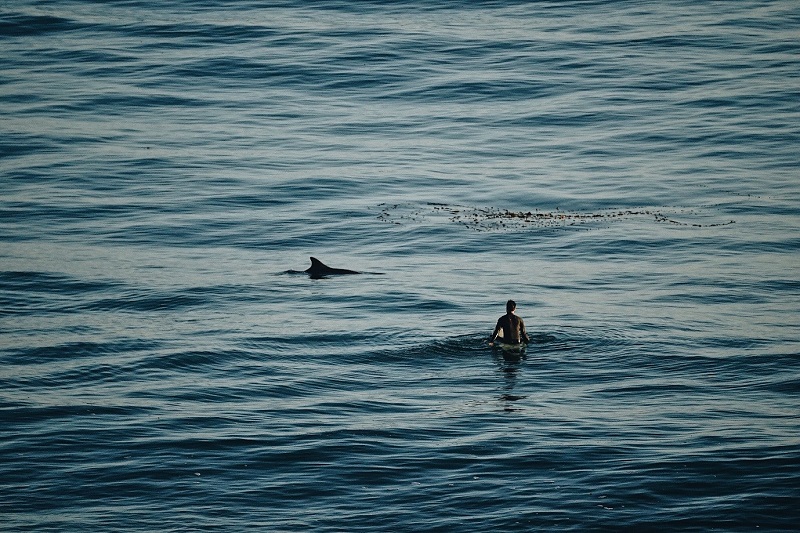
9. We’re often swimming in the wrong weather
One of the most obvious yet ignored recommendations is to make sure you don’t swim in confusing circumstances for a shark.
Sharks will struggle to distinguish things in rainy, cloudy waters and may get a little curious as to what you are exactly.
Swimming in clear waters helps sharks to see that you are not worth biting into.

10. We’re not using common sense – don’t stay in the water if you’re bleeding!
Sharks are attracted to blood, so if you hurt yourself, hop straight out of the water. Don’t surf in the middle of a seal colony, either, no matter how cute the photos or experience promises to be.
And don’t stick around fishing boats hauling in masses of bloody fish.
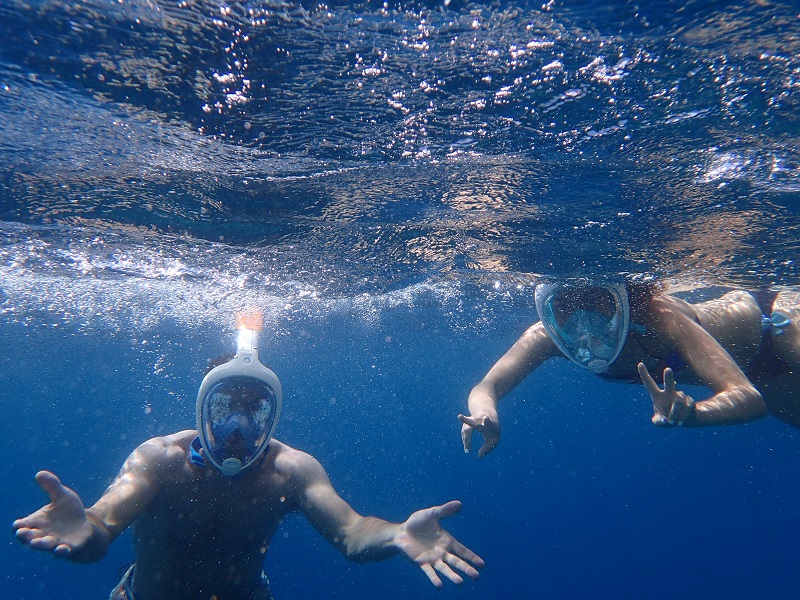
11. What we wear can help reduce attacks – opt for dull colours and leave the bling at home
If you’re venturing out into shark territory, a study by the International Shark Attack File found that the grey beasts thoroughly enjoy the bright colours popularly used by kayak, swimsuit and surfboard designers and manufacturers.
Yellows, oranges and bright greens are colours to avoid. Instead, opt for a matte colour or shade of blue.
And, even though you’re unlikely to wear Grandmother’s precious jewels during a surf-sesh, do leave any bling at home. Sharks will definitely notice anything that sparkles.
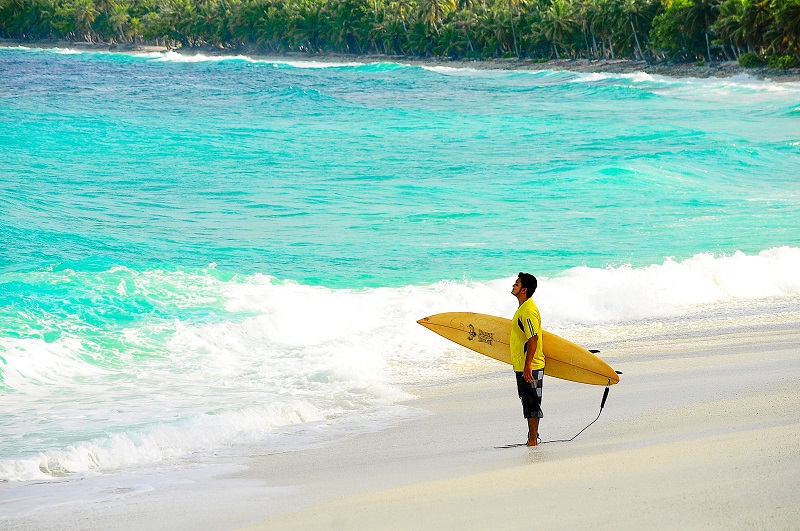
12. If you do see a shark… don’t freak out!
We know it’s easier said than done, but any extra splashing will draw attention. Remain calm, keep eye contact as a way of deterring aggression and letting the shark know that you’re aware of them, and get to shore as quickly as you can.
If a shark gives you a little knock or poke, or starts circling you, that’s when you release all your energy into defending yourself with your best right hooks to the nose, eyes, gills and sensitive areas.
If you can avoid using your hands, use whatever you have, such as a selfie-stick, scuba gear or paddle to smack the shark.
Surfers might also want to investigate the use of shark repellent products including shark deterrent swimsuits or electrical repellents such as the Shark Shield.
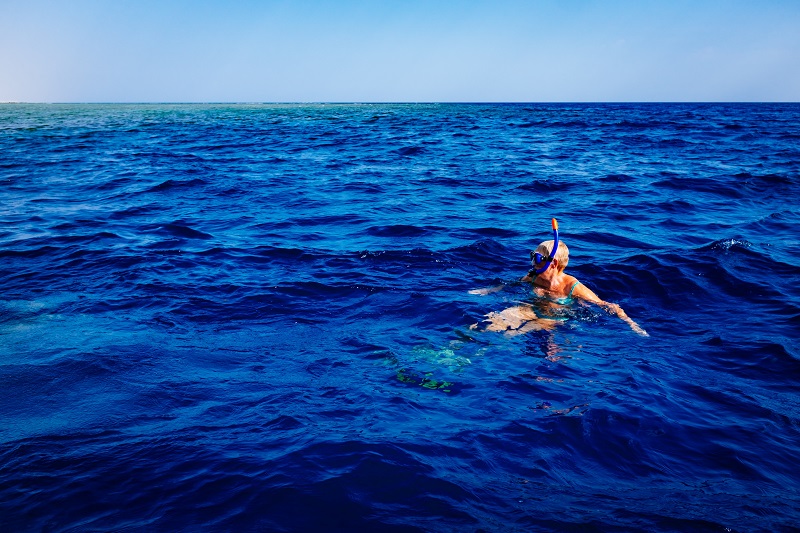
So there you go. If you’re still doubting your return to the waters this summer, you shouldn’t.
Instead, take extra care when sitting on your chair and getting out of bed, and remember our quick tips when taking a dip in the big blue.
If you want to understand more about the impact of human exploitation of sharks, we recommend viewing the award-winning documentary Shark Water.
And if you’d like to join us in our fight to combat animal cruelty and help animals, become an RSPCA South Australia volunteer today!




i love the website!
i love the facts with explanation and stuff
Get information and facts!
I think so too. SAAAAMME!!!
I love the information and the pictures are my new background
Killing sharks is stupid
cool
Very helpful article!
I am in 5 grade and we have started the debate thingy. And my topic was if we should get rid of the sharks but I’m team shark all the way this website really helped me.
Great to hear, we are team shark all the way!
This is going to help a ton when I do my Argumentative speech in speech class and sharks are my favorite animal especially great white sharks so if u dont mind putting more facts about greats whites that’d be awesome
this is a good article i hate people who cull sharks i think sharks are rlly cool. thank u rspca
BAnna is like a shark, tasty
nah joking i love shrjs would never want to kill them or eat them, they look so cute and want one as a pet
Noice website helped me with school
i love sharks